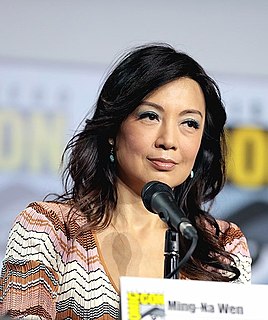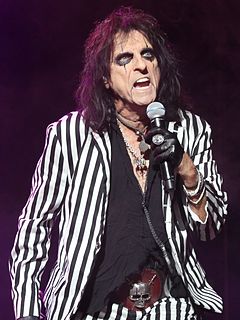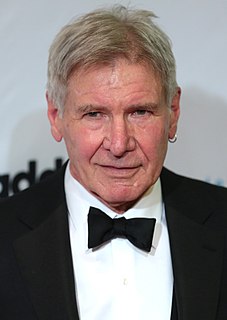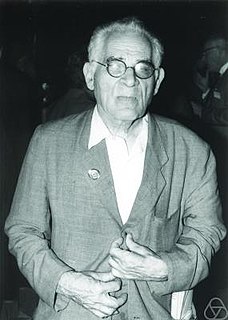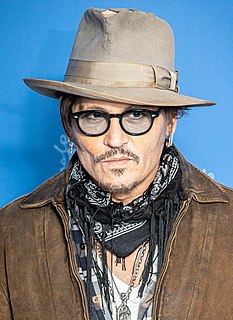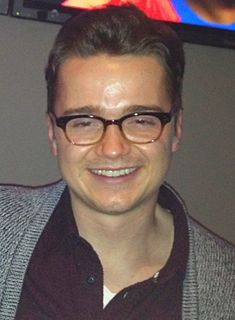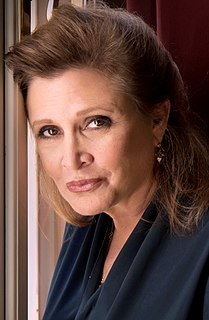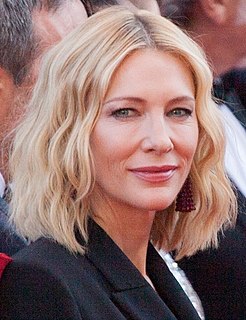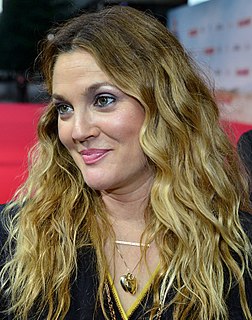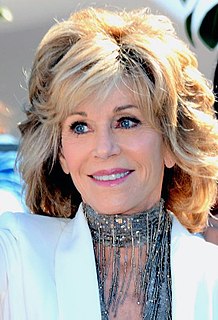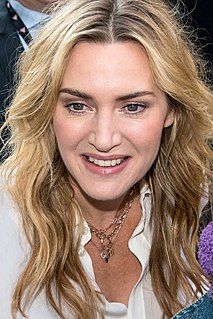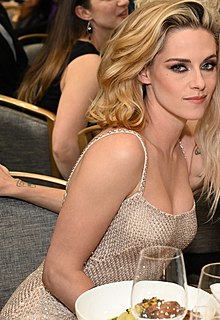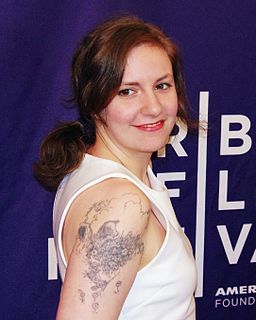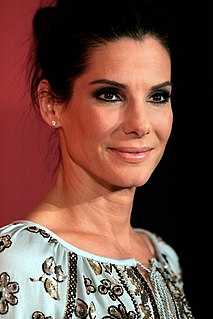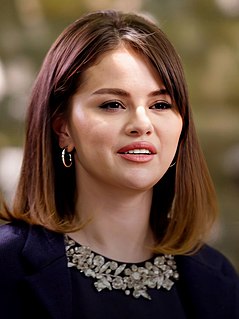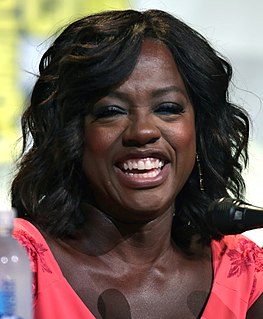A Quote by Ming-Na Wen
I was hesitant to do 'Mulan II.' For me, I felt like the story that needed to be told, this legendary character of Mulan, was already encompassed in the first movie, and I was worried they would try to create this crazy cartoon character out of this legendary character of China.
Related Quotes
When I moved to L. A. with this little wimpy garage band, the first people we met were the Doors. Then we met Jimi Hendrix, Janis Joplin. All of the people who died of excess were our big brothers and sisters. So I said to myself: How do you become a legend and enjoy it? The answer is to create a character as legendary as those guys and leave that character on the stage.
American Graffiti was the first movie where the director let me have any input. It was the first time anyone ever listened to me. George thought my character should have a crew cut, but I wasn't happy with that idea. I'd always had pretty long hair back then - in college, particularly - so I told George my character should wear a cowboy hat. George thought about it and he remembered a bunch of guys from Modesto, California, who cruised around, like my character, and wore cowboy hats, so it turned out that it actually fit the movie.
When I'm writing, I try to have the mask of my character on as I'm walking through the world. When I'm not at my desk, the rest of the time, I try to stay in that character and see the world the way that character would It's almost like method acting in a way — keeping the character close the way the actor keeps a script close and always tries to be in character.
What drew me to Batman in the first place was Bruce Wayne's story, and that he's a real character whose story begins in childhood. He's not a fully formed character like James Bond, so what we're doing is following the journey of this guy from a child who goes through this horrible experience of becoming this extraordinary character. That, for me, became a three-part story. And obviously the third part becomes the ending of the guy's story.
When you start digging into things like character, though, the notion that people have high character or low character is very strong. What's crazy is that my thinking is not a new insight. The very first large-scale study of character, still one of the largest ever, was done in the early 1900s by Hugh Hartshorne, an ordained minister and a scientist.
It wasn't like this happy-go-lucky experience, shooting Norman movie. It was something I kind of had to, sort of dedicate a certain level of focus and energy to kind of just stay in this headspace that would allow me to access - because it's also a very emotional movie at times. This was the first time I ever played a real character, a fully fleshed out, dimensionalized, multi-faceted character, as opposed to a part. There's not very much opportunity for somebody of my age and my look, so for a character-driven piece like this to come along is a rare thing.
Her motivation was love, her love for her father, and her journey of finding out who she truly is. That was my homework, and I would say that it motivated me to prepare myself mentally, but also physically, with a lot of gym stuff, fight training, horse training. But at its core, 'Mulan' is really about the character, the spirit.
